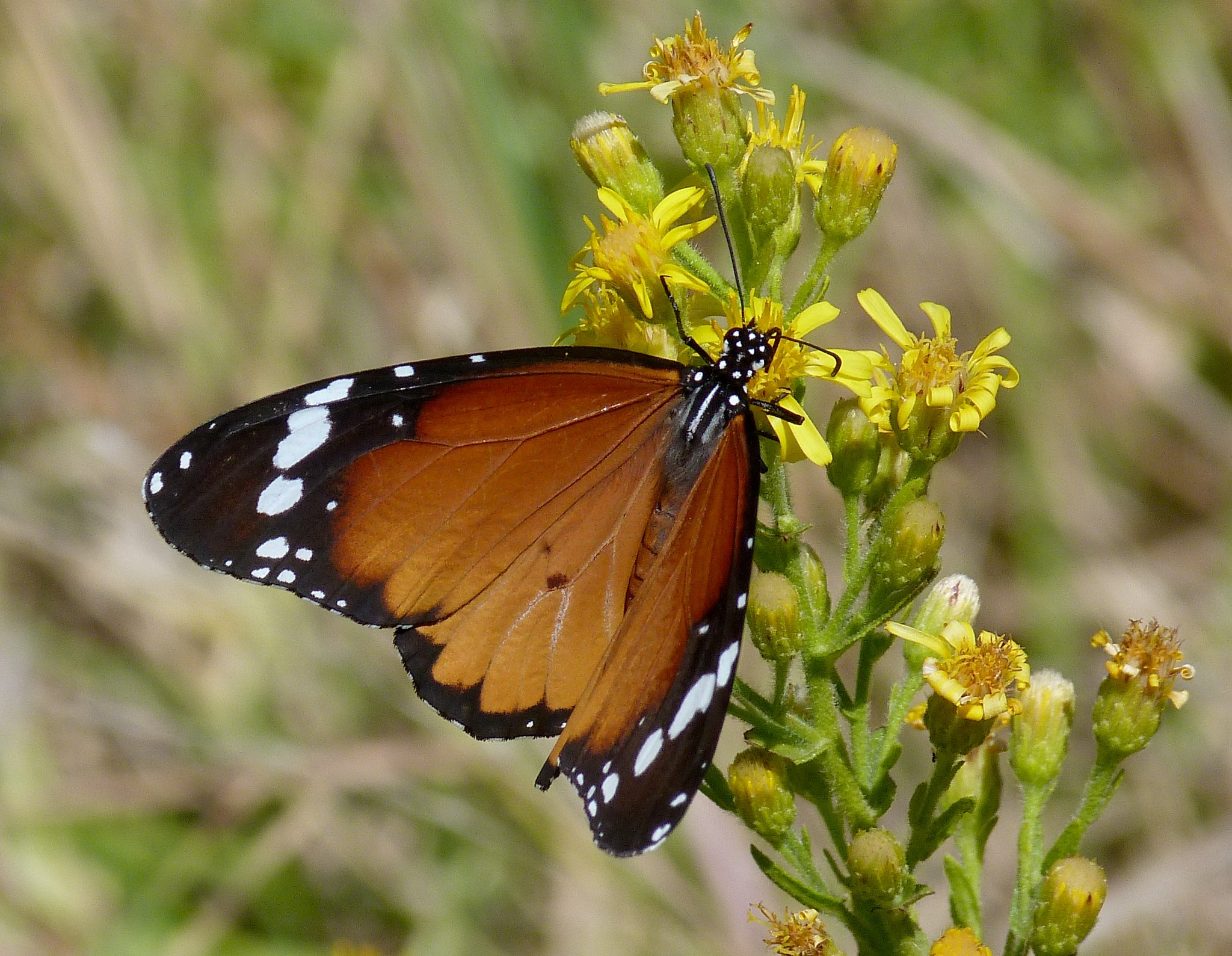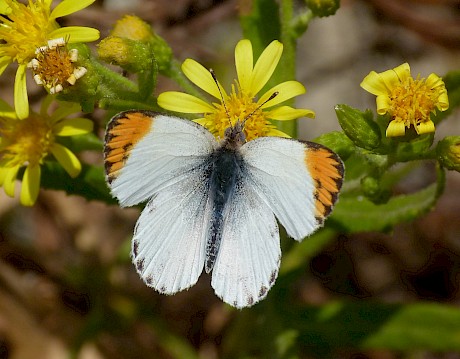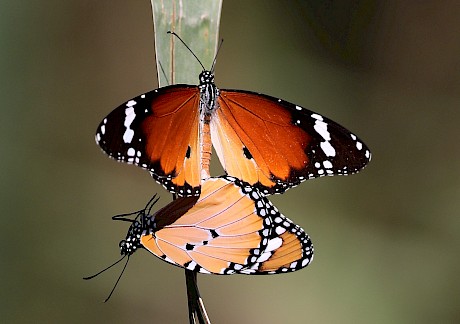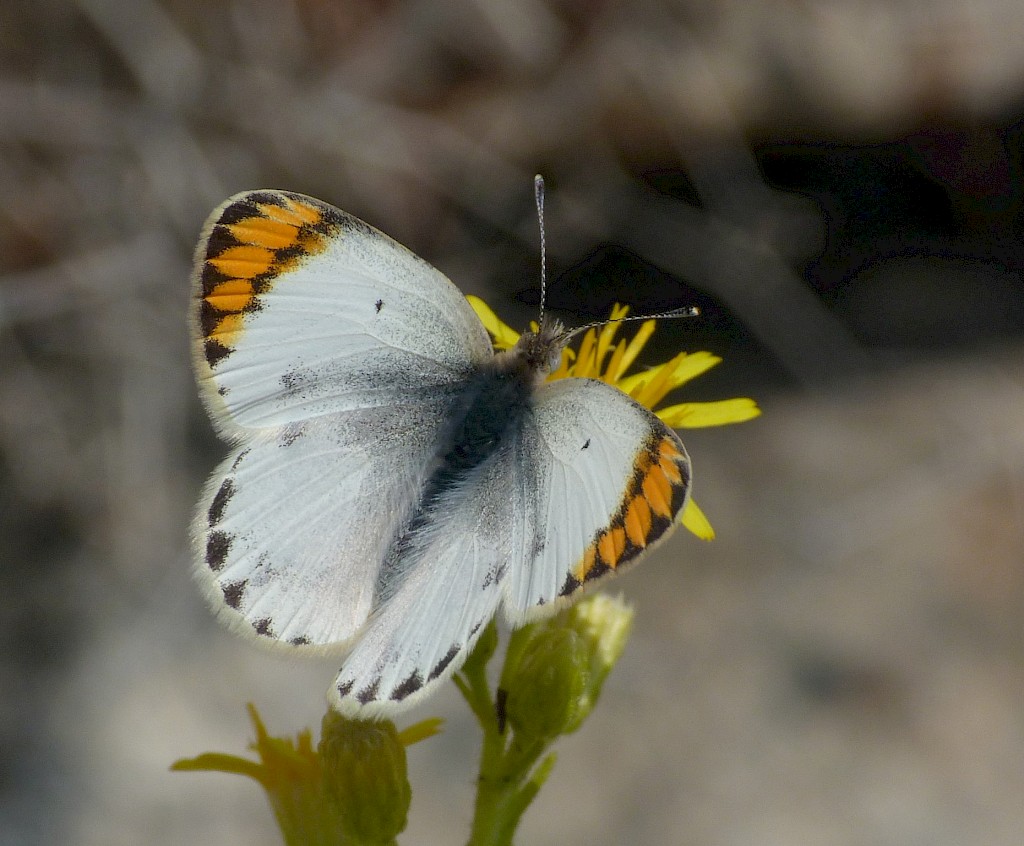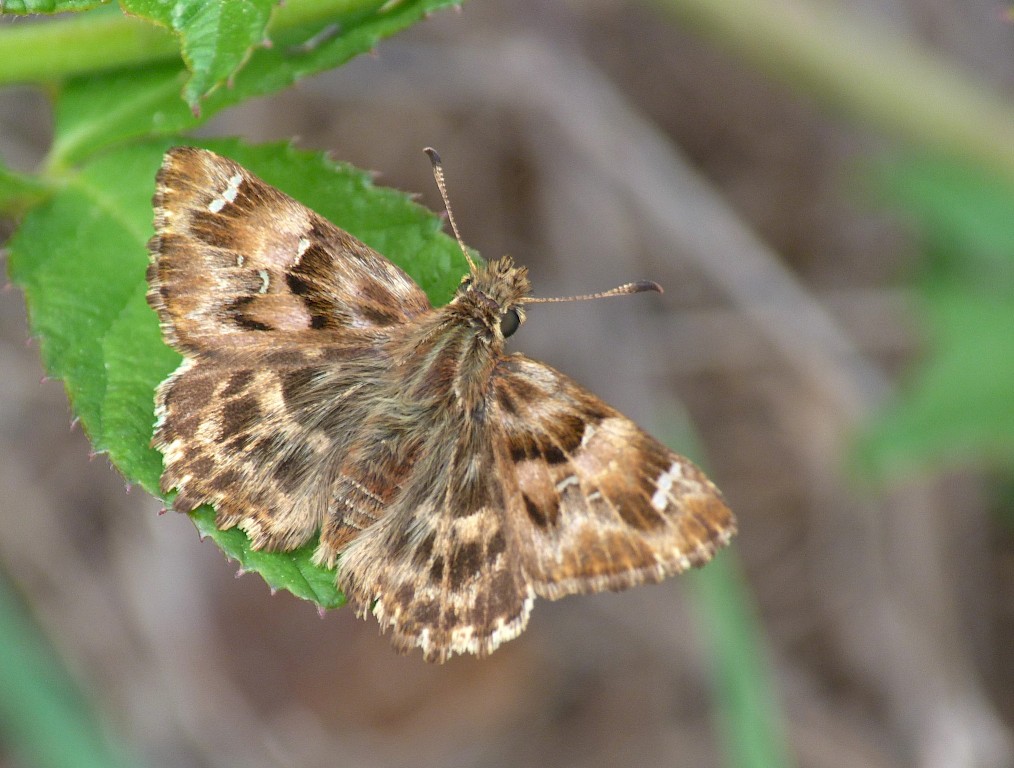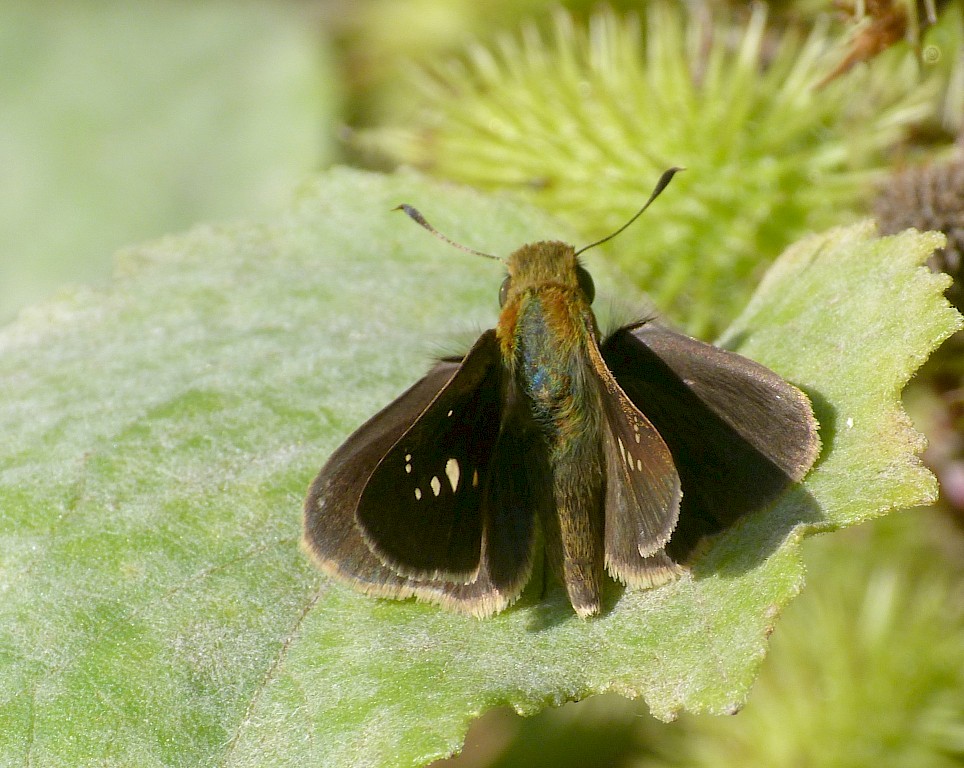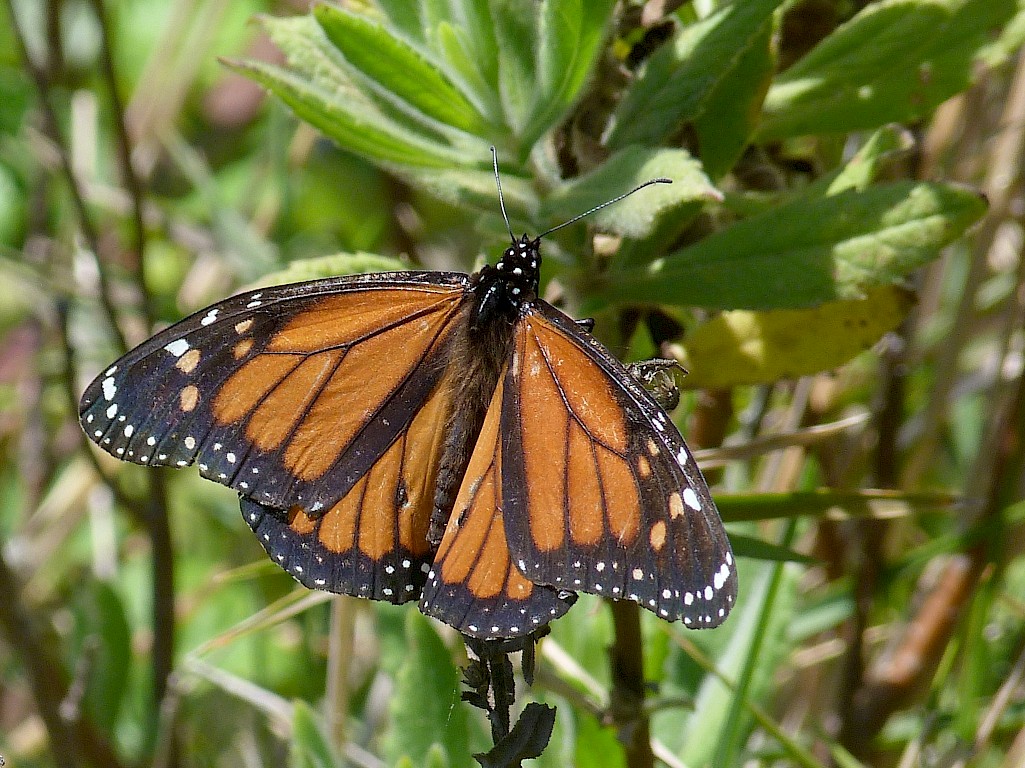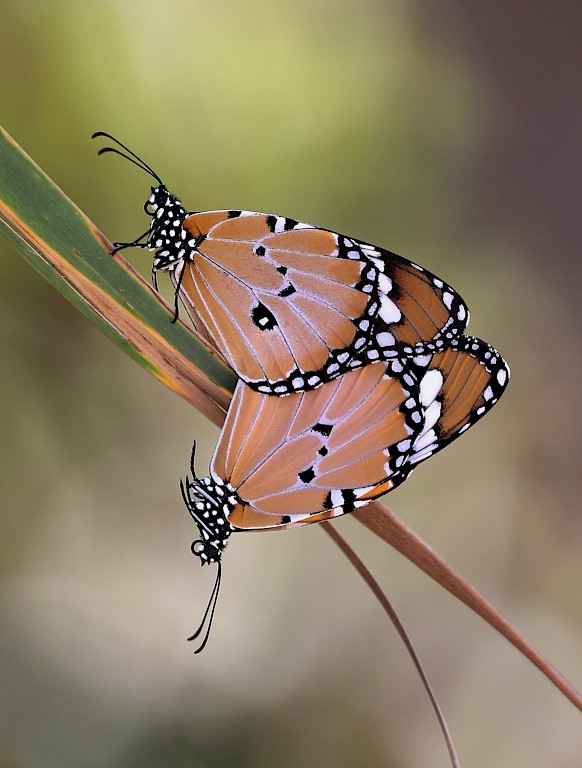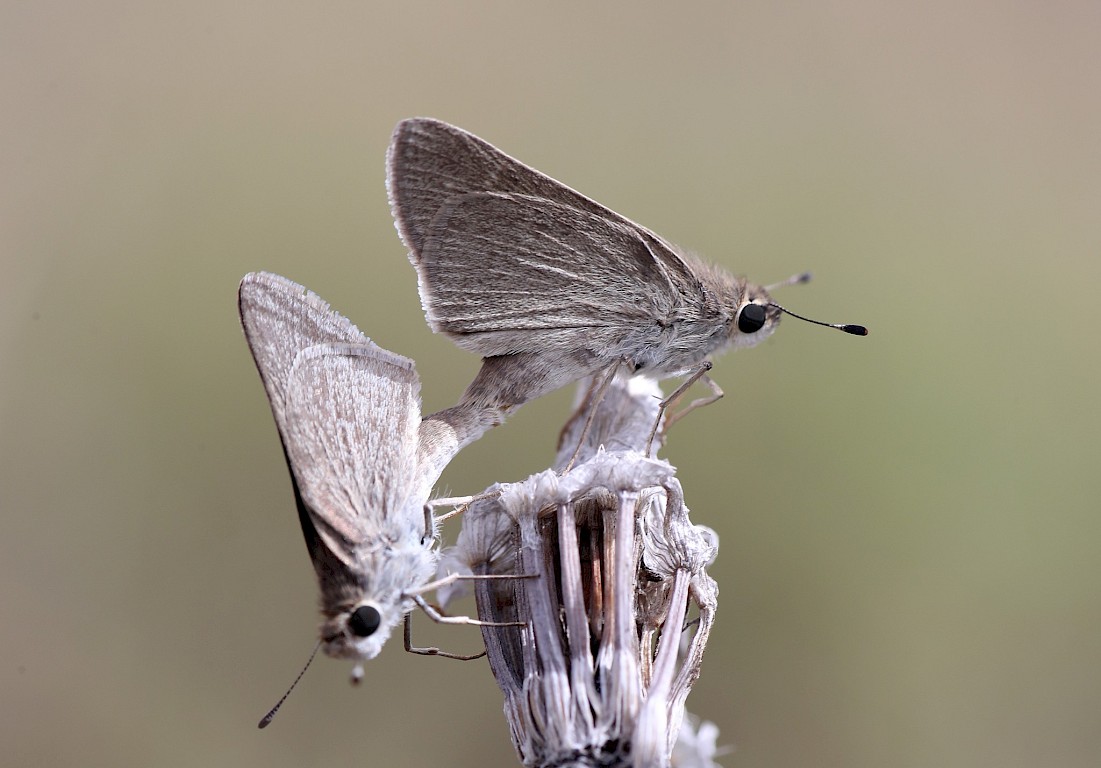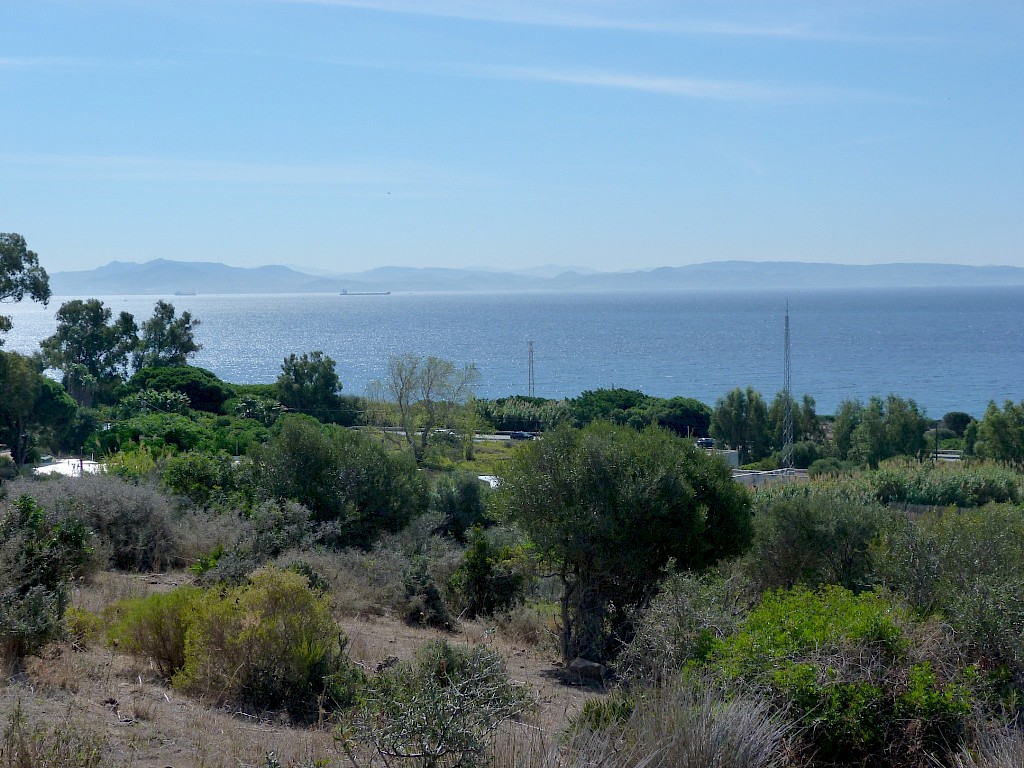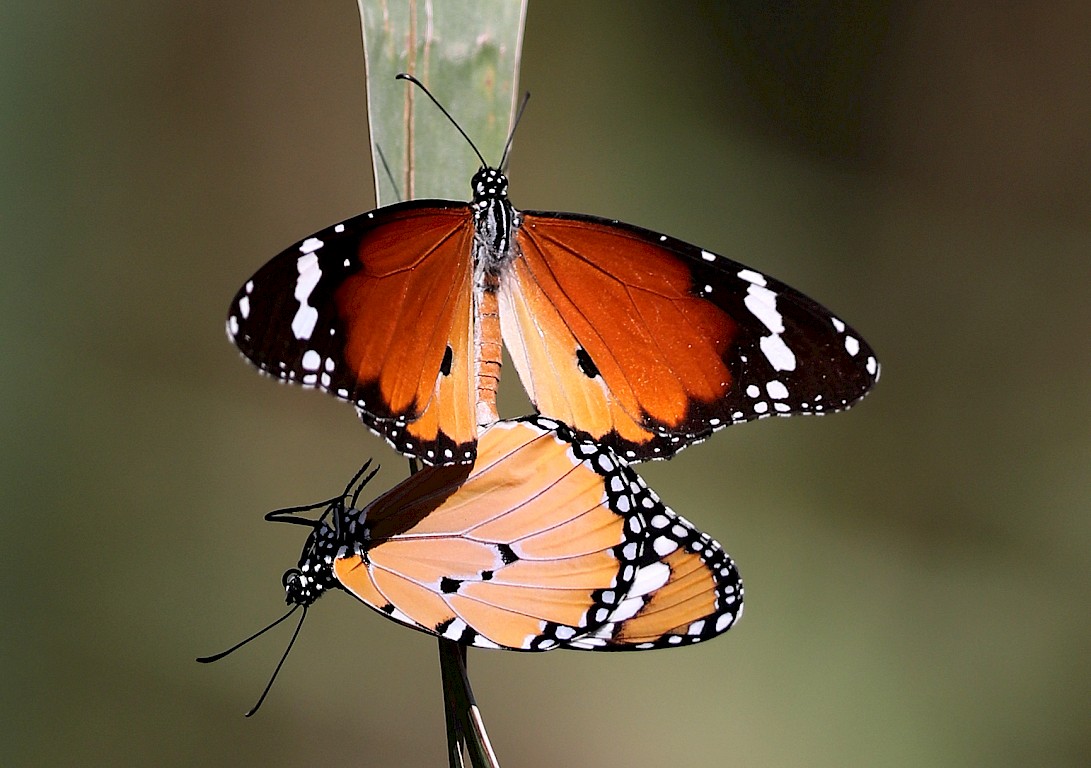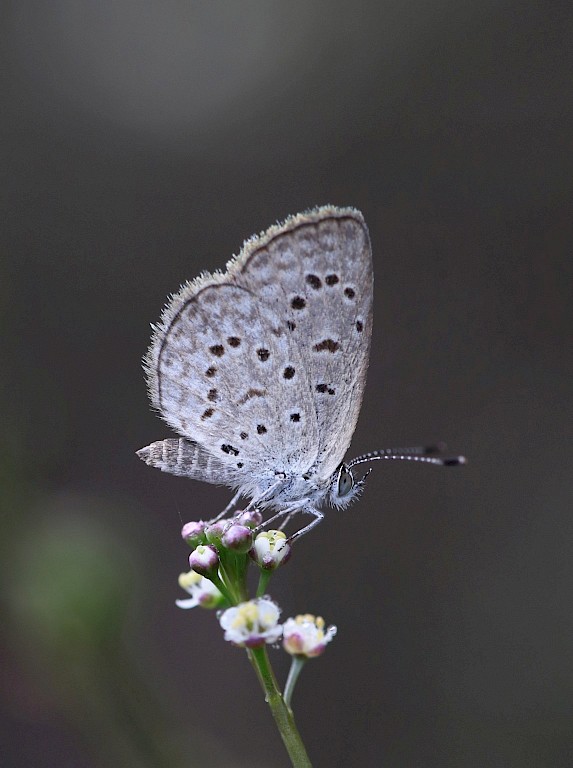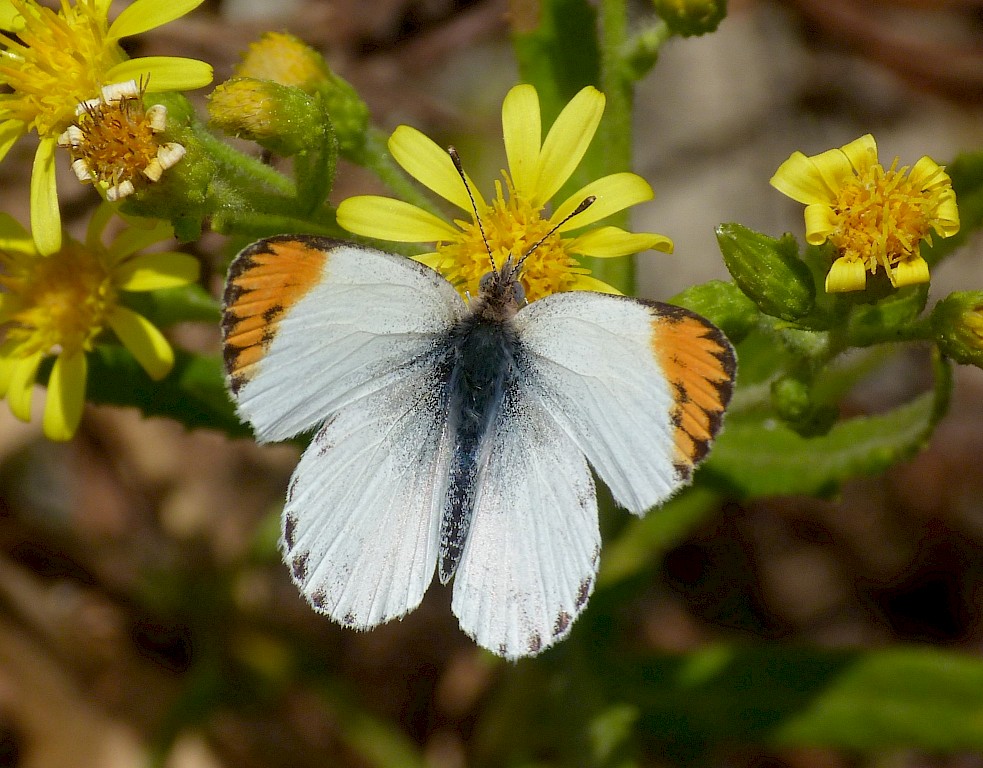Whilst autumn is a time of cooling temperatures and sometimes cloudy, wet weather in the UK, the same cannot be said about the southern Spanish coast, where pleasant warmth persists into November and the sun shines almost every day.
In the far south west of the region, there are a range of exotic butterfly species for whom this time of year is the optimum period, and this tour will set about finding those, as well as the more regular species that are still on the wing.
Close to the southern tip of Spain, a mere 9 miles from the Moroccan coast, there are established colonies of Monarch Danaus plexippus, and flying alongside (as well as in many other locations) will be Plain Tiger Danaus chrysippus, making for a unique visual spectacle in a European country.
Rather less showy but still exotic in its own way is the feisty Zeller’s Skipper Borbo borbonica. This enigmatic butterfly has successfully (re)colonised this southernmost part of Spain over the last decade or so, and can be seen in good numbers along many of the watercourses to the west of Gibraltar.
Further to the east, the striking Desert Orange Tip Colotis evagore, is present along the rocky coastline where its larval host plant, caperberry, can be found.
Another resident species that has seemingly conquered this part of Spain is the tiny African Grass Blue Zizeeria knysna. This is another butterfly that can be found near to watercourses, and is therefore often found near agricultural land.
Alongside these ‘exotics’ will be a selection of late flying, more regular Spanish species, such as Mediterranean Skipper Gegenes nostradamus, Long-tailed Blue Lampides boeticus, Lang’s Short-tailed Blue Leptotes pirithous, Tree Grayling Hipparchia statilinus, Cardinal Argynnis pandora, Swallowtail Papilio machaon, False Mallow Skipper Carcharodus tripolinus, Southern Blue Polyommatus celina, Bath White Pontia daplidice, Sage Skipper Muschampia proto, and possibly Two-tailed Pasha Charaxes jasius.
With the weather being reliable, and the target species all within a relatively narrow area, this tour can be successfully undertaken in a shorter window than most others, meaning that it is perfect for anyone who wants five nights away within sight of Africa, and who wishes to see some remarkable butterflies not found elsewhere in Europe.
